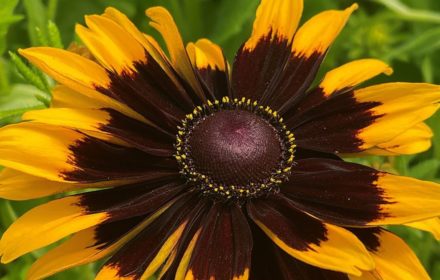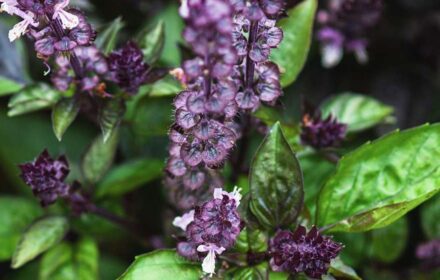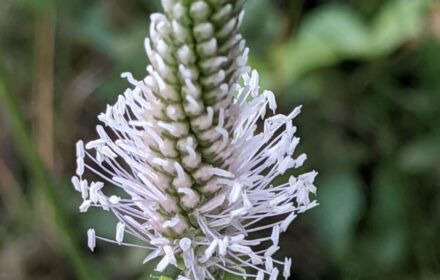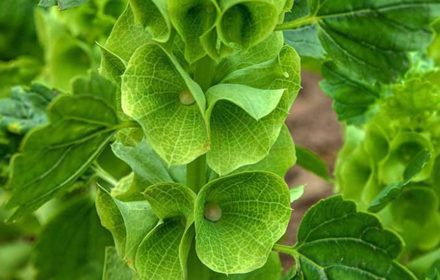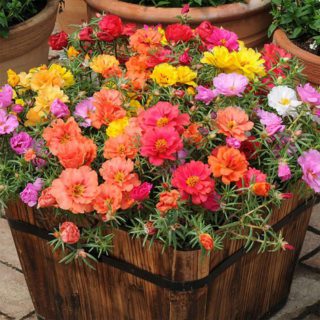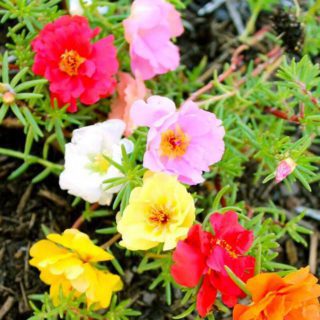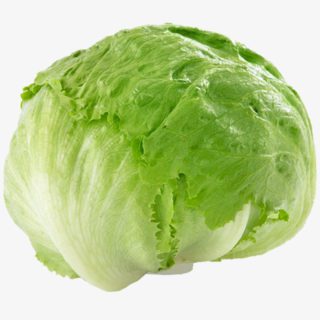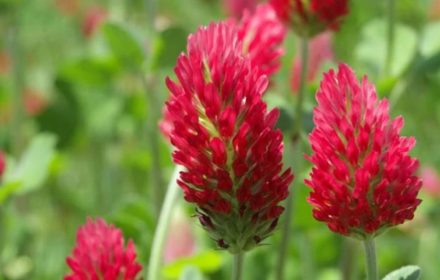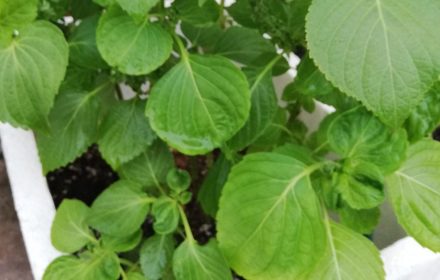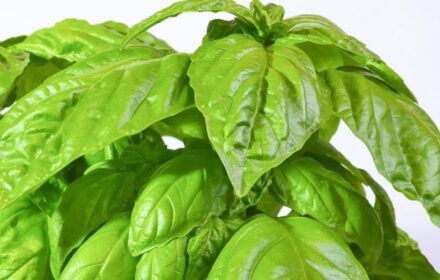How to Sow Creeping Rose Gypsophila Seeds in the UK
Creeping Rose Gypsophila, often called Baby’s Breath or Showy Baby’s Breath, is a delicate and bushy flowering plant native to Asia and Europe. Known for its star-shaped flowers in soft pinks and whites, this versatile plant grows up to 45 cm tall and thrives in various garden settings. Its cascading blooms make it ideal for hanging baskets, pots, borders, steep hillsides, or even along dry walls. This low-maintenance perennial adds a touch of elegance to any outdoor space.
When to Sow Creeping Rose Gypsophila Seeds
- Indoor Sowing: Start seeds indoors at any time of the year, provided you can maintain a warm environment with temperatures between 18-22°C.
- Outdoor Sowing: Sow seeds directly outdoors during the warmer months, once the risk of frost has passed, typically between late spring and early summer. Ensure the soil is workable and warmed up.
Step-by-Step Guide to Sowing Creeping Rose Gypsophila Seeds
Indoor Sowing
- Prepare Containers: Use pots, containers, or window boxes filled with a fine-grade, well-draining seed compost. Moisten the compost slightly before sowing.
- Sow the Seeds: Sprinkle seeds sparingly on the soil surface. Lightly cover them with 1/8″ of compost, as they need some light to germinate.
- Provide Warmth and Light: Place the containers in a bright location such as a sunny windowsill or conservatory. Maintain a consistent temperature of 18-22°C for optimal germination.
- Moisture Maintenance: Keep the soil moist but not waterlogged throughout the germination period, which can take up to 21 days. Use a fine spray to water gently.
Outdoor Sowing
- Soil Preparation: Select a sunny location with well-drained soil. Work and rake the soil to remove clumps and weeds.
- Sow the Seeds: Scatter seeds evenly on the soil surface, sowing at a depth of 1/8″. Space rows approximately 12 inches apart to allow for proper airflow and growth.
- Watering: Water the area lightly to settle the soil around the seeds. Keep the soil moist during germination, especially during dry periods.
Transplanting and Growing Creeping Rose Gypsophila
- When to Transplant: Once seedlings are 2-3 inches tall, they can be carefully transplanted to their final location. Gradually acclimatise them to outdoor conditions by hardening them off over 7-10 days.
- Spacing: Maintain a spacing of 12 inches between plants to allow them to spread and flourish.
Caring for Creeping Rose Gypsophila Plants
- Sunlight: Plant in full sun to encourage abundant flowering. Gypsophila thrives in bright, sunny locations.
- Watering: Water regularly during dry spells but avoid overwatering, as the plant prefers well-drained soil.
- Feeding: Gypsophila generally does not require fertiliser but can benefit from a light application of balanced fertiliser during the growing season.
- Pruning: After flowering, cut back the stems to encourage fresh growth and extend the blooming period.
- Pests and Diseases: This hardy plant is relatively pest-free. However, keep an eye out for aphids and use organic methods to manage them if necessary.
Common Questions About Growing Creeping Rose Gypsophila
- Can Creeping Rose Gypsophila grow in containers? Yes, it thrives in pots, hanging baskets, and containers. Ensure good drainage and place in a sunny spot for the best results.
- How do I encourage more flowers? Regularly deadhead spent blooms and cut back stems after flowering to encourage fresh growth and prolong the blooming season.
- Does Gypsophila require a lot of care? No, Creeping Rose Gypsophila is low maintenance. It adapts well to poor soils and is drought-tolerant once established.
By following this guide, you can successfully grow Creeping Rose Gypsophila in your UK garden. With its delicate, star-shaped flowers and versatile growth habits, it’s an excellent choice for gardeners looking to add elegance to their outdoor spaces.


